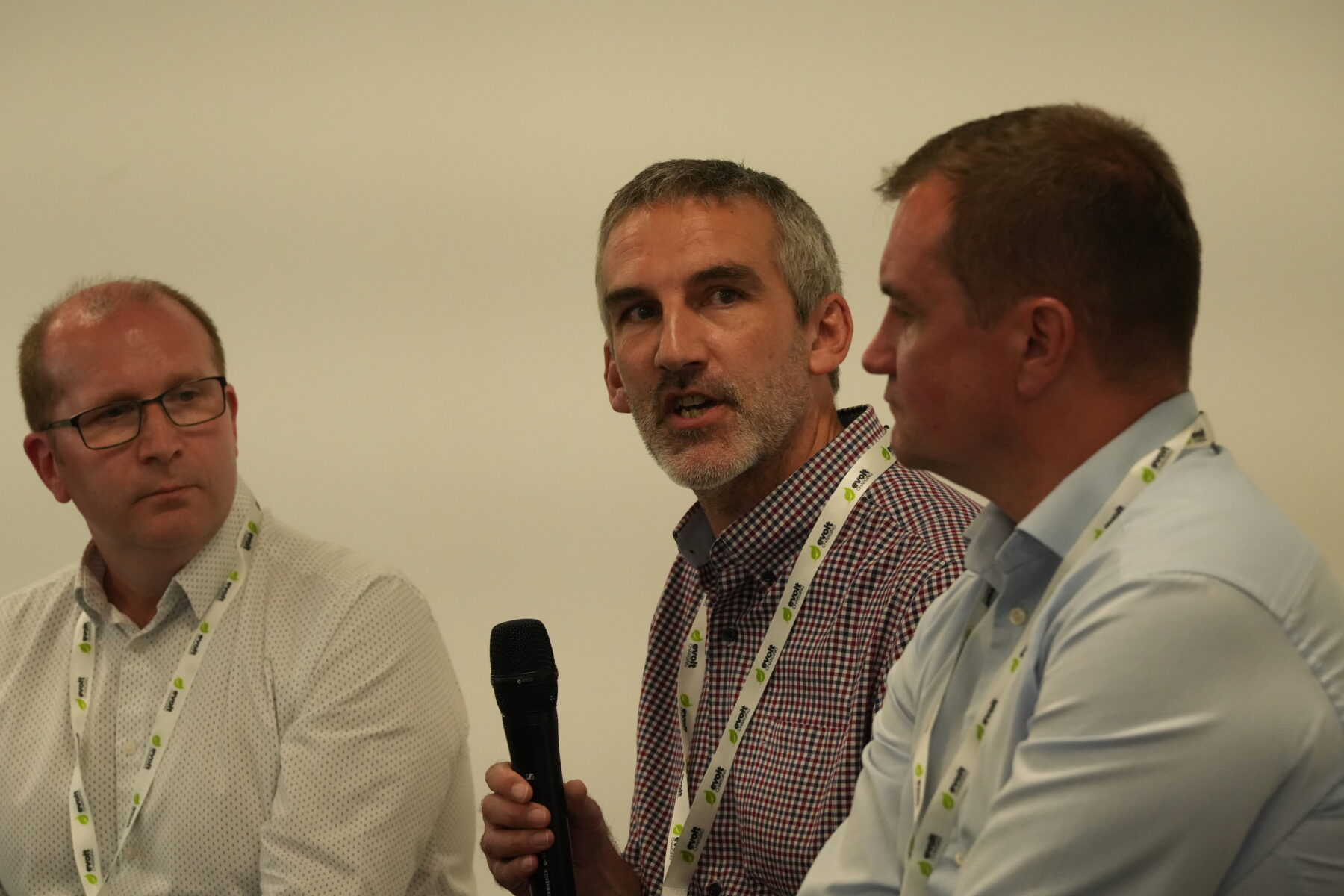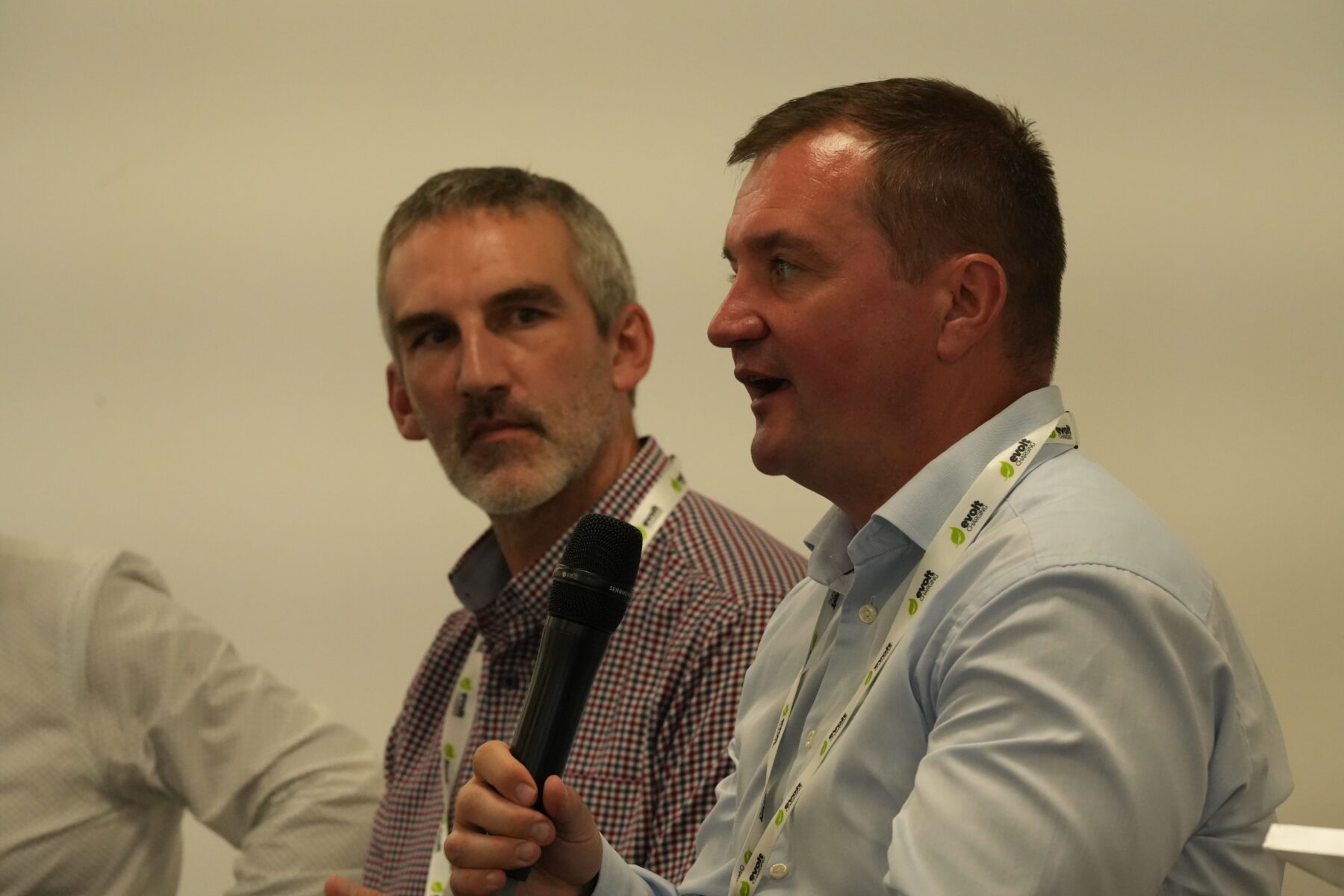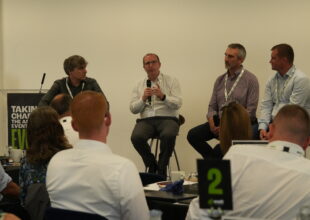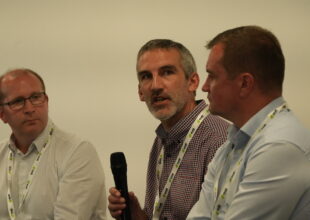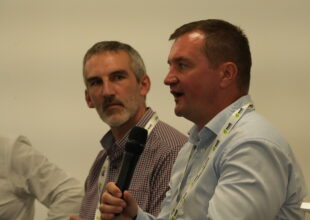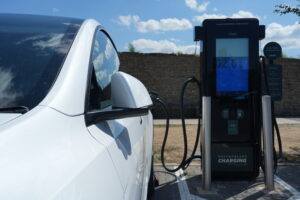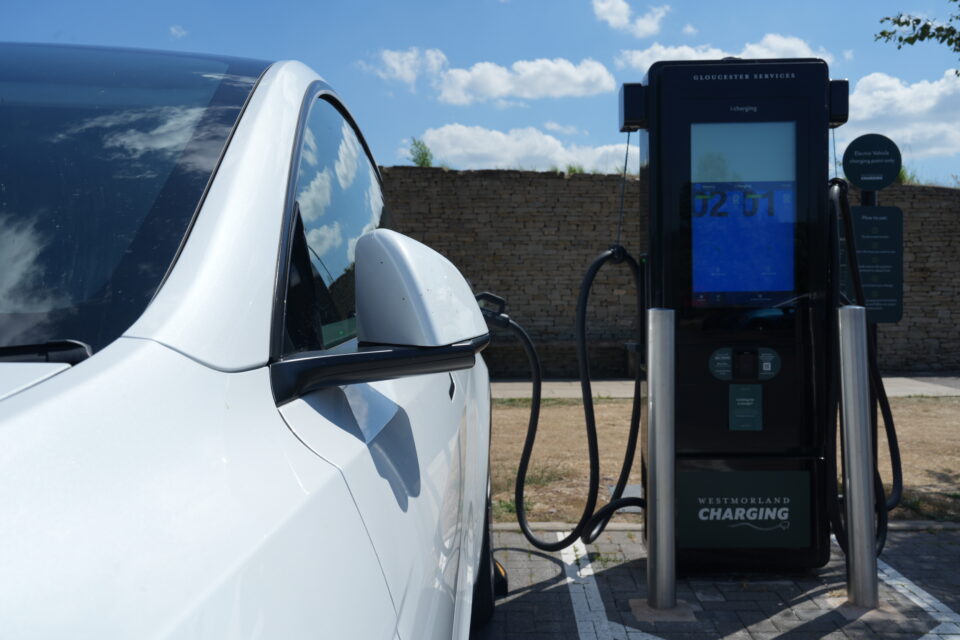Powering up EV projects
For our first panel session at our recent Taking Charge event, we tackled the subject of “Essential Grid and Power Supply for Success“ with a focus on the considerations necessary for success.
Our panel of experts included:
- Josep García Fàbrega, Product Manager Circutor
- Richard Frost, Technical Sales Manager, Evolt Charging
- Jonathan Mann, Technical Sales Manager, Connected Energy
- Craig Halloran, Technical Director, Cleaner EV.
On the day, what did the panel consider to be the key factors in powering up EV projects effectively?
Starting your EV charging journey
We all agreed that while customer education in EV charging has improved over time, there’s still a need for cohesive efforts to integrate all elements of EV projects. So, what can further help the customer?
Top of the list:
Partnerships
Our industry has a work ethic of solving problems together to get projects live. Having the right managed partnerships from start to finish is essential for successful project delivery.
Choosing partners who align with your goals and can provide continuous support is critical. Building your support systems is vital, involving a large stakeholder team to manage specialist elements like site design, communication, payment systems, and back-office operations.
Planning
Avoid costly future mistakes by thinking ahead. Long-term planning can fall by the wayside when trying to get a project live. Craig Halloran emphasised:
“Offering comprehensive assistance from start to finish combined with long-term planning helps avoid the ‘rip and replace’ approach to future-proofing projects.”
What can this look like?
- Customer preparedness: Provide support for the long-term.
- Technical considerations: Partner with a selection of experts.
Performance and sustainability
Grid connectivity
DNO connection can be time-consuming. Can the power supply be addressed by different methods? Could you consider the case for on-site energy storage? Jonathan Mann said:
“There is a business case to explore the benefits of generating and storing energy on-site rather than exporting it to the grid. Through thorough studies for your site, you could compare the feasibility of battery storage vs. grid upgrades.”
Introduce site-specific strategies
Depot Sites: Ideal for overnight charging, combining batteries and photovoltaic (PV) systems for optimal performance. Where as sites in constant use are not so suited.
Grid Services and Revenue Schemes: Leverage solar PV to create demand flexibility and other local schemes to support EV charging priorities.
Understanding your site goals
Tailoring solutions based on the site’s specific needs, such as user profiles and grid power availability, helps with long-term site effectiveness and timelines for getting sites live.
Power and compatibility
Hardware could be your next challenge in powering up your chargers. Choose EV hardware that does not cause harmonic distortion.
What can you do if you already have this problem?
Installing a filter can avoid installation issues and improve energy efficiency. Josep García Fàbrega indicated :
“A consultative approach working with partners to achieve system efficiency will enhance infrastructure and clean power supply, leading to better performance and lower costs.”
Battery storage and EV hardware
If you choose battery storage to power up your EV hardware, collaborate to solve communication issues. Working together can address the lack of protocol between management systems and chargers.
Package
When choosing your EV charging partners, don’t stop planning at the go-live stage. Seek out those that offer a comprehensive service package, including finance, back office, service level agreements (SLA), and hardware.
Richard Frost stated:
“Customer engagement is a number one concern. You need to focus on all points from the installation to the running of your EV charging sites. A myopic approach can result in delays and other challenges that you may not have budgeted for.”
Conclusion
The EV industry is evolving rapidly, and success depends on meticulous planning, strong partnerships, and innovative solutions beyond installation. By addressing technical challenges, enhancing infrastructure, and engaging customers effectively, we can drive the future of sustainable transportation.



